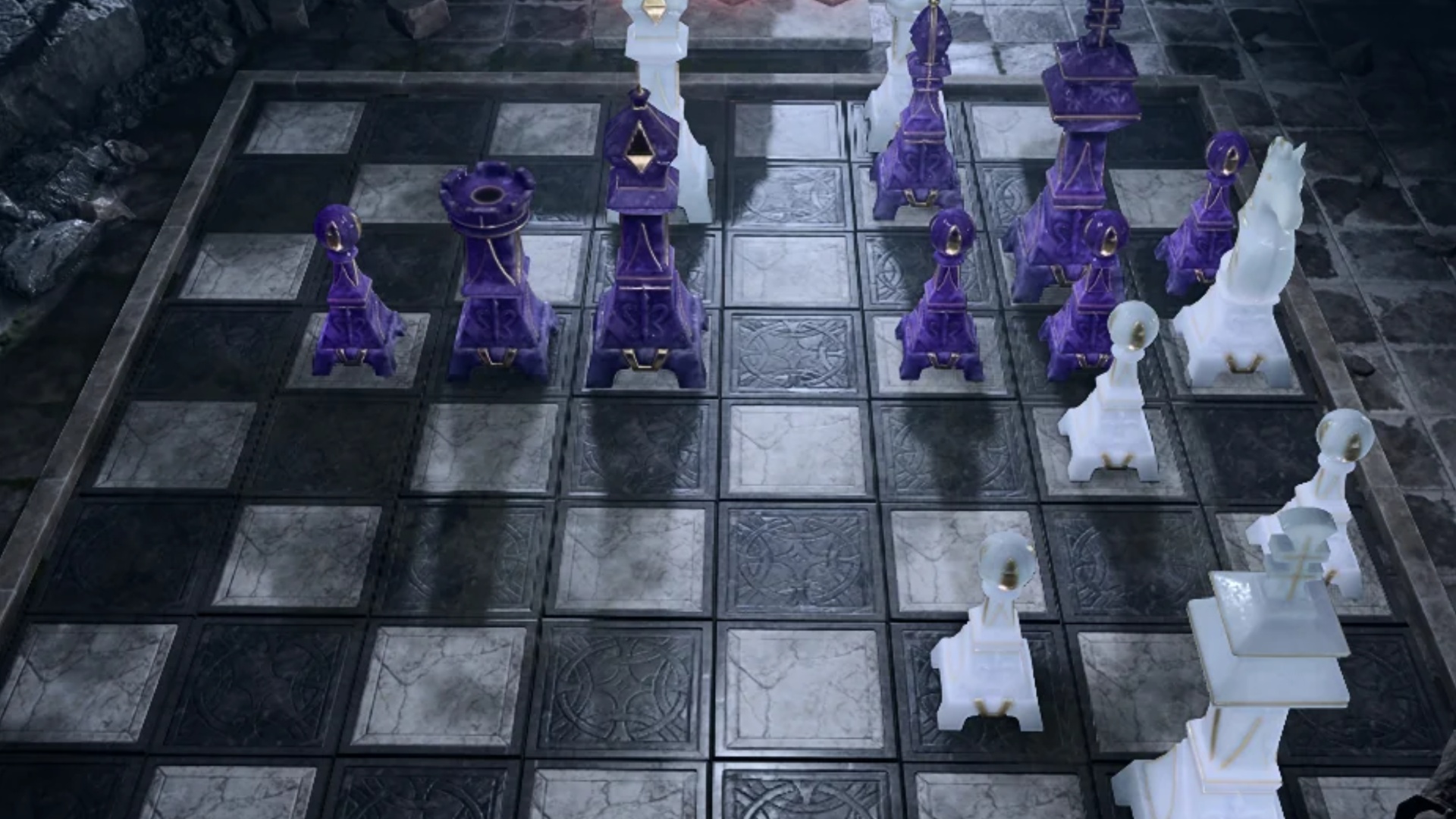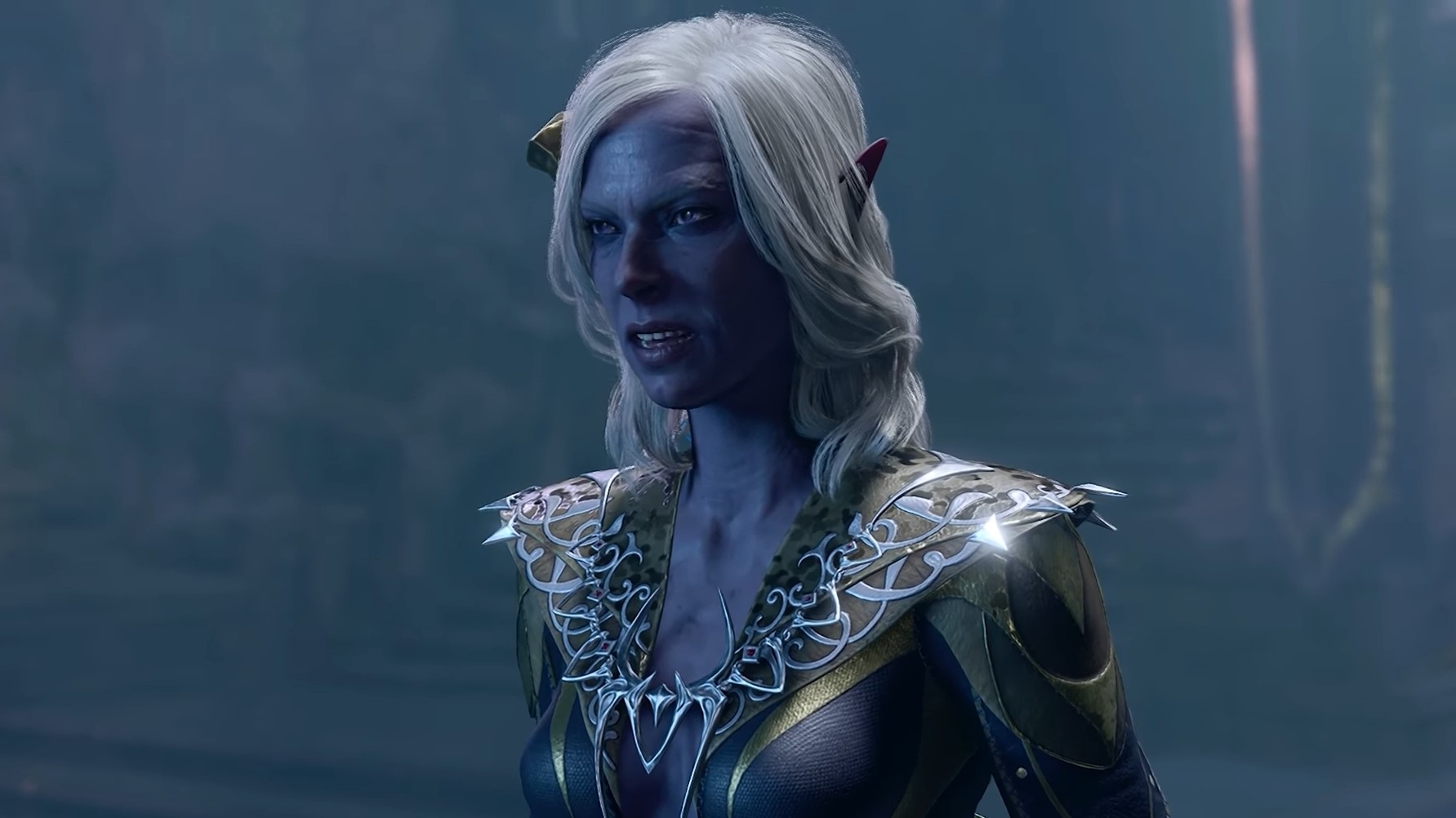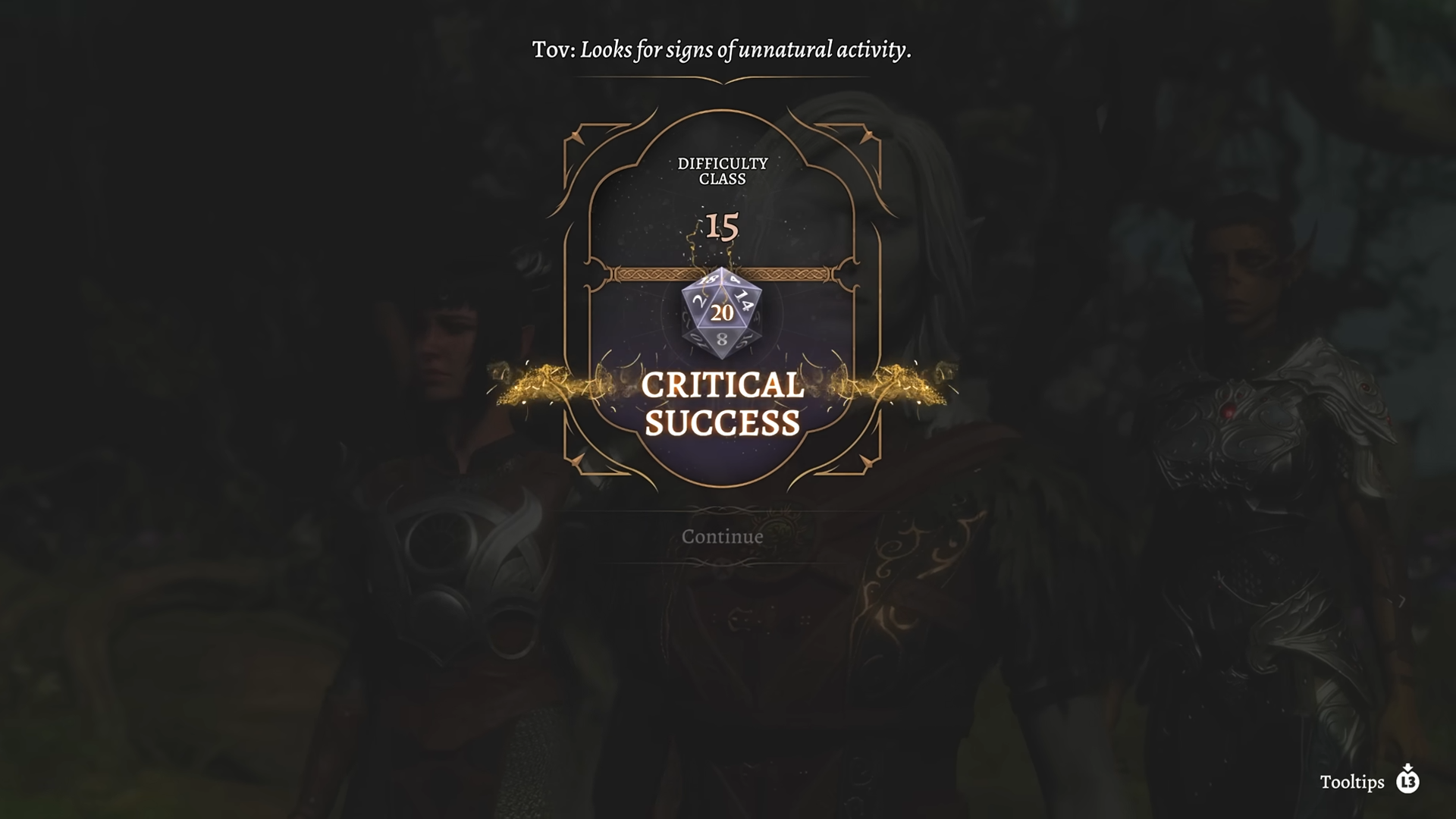Discover all Clubs that you can use in Baldur’s Gate 3 and find out the best ones to use for your playthrough.
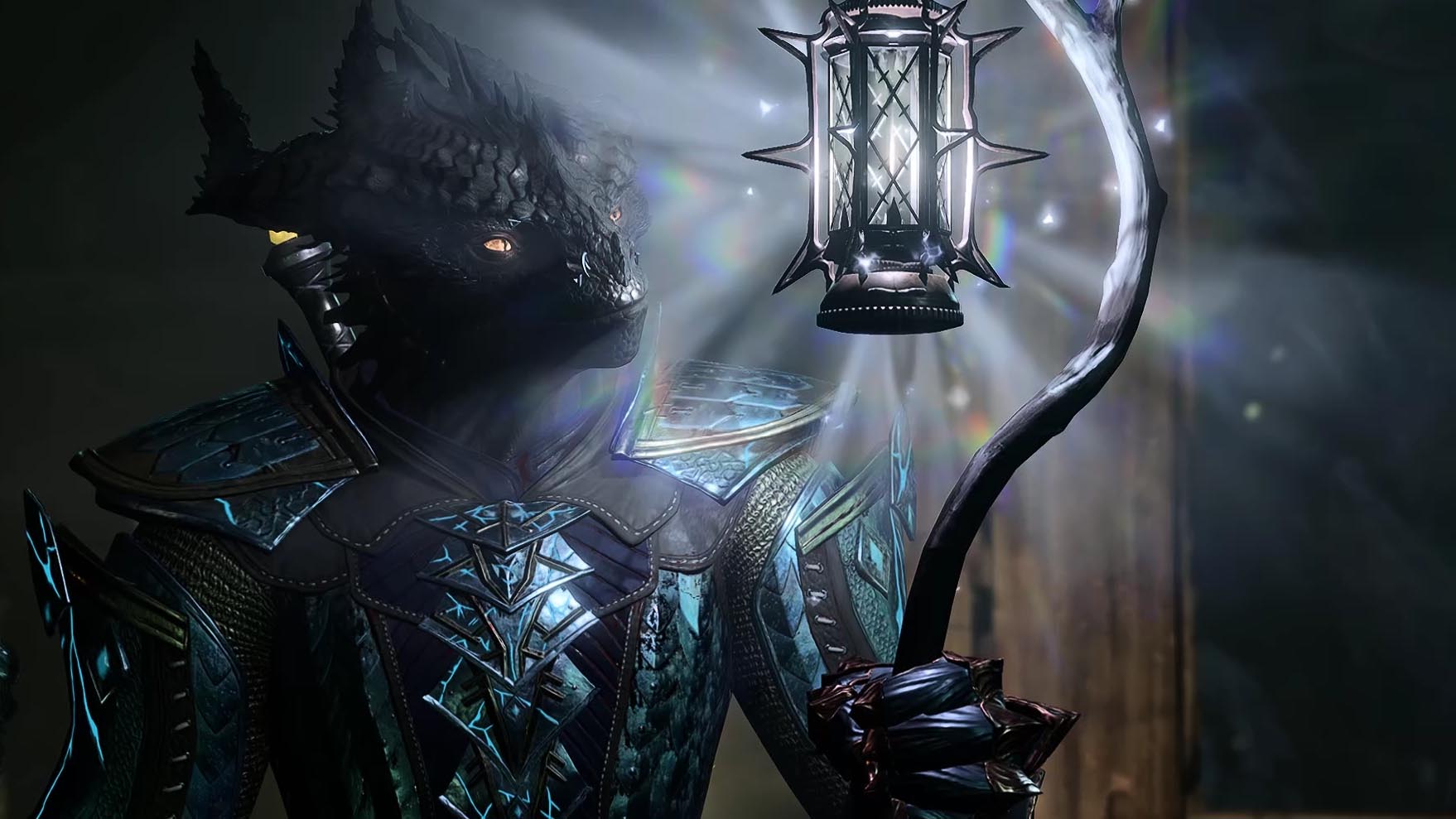
Clubs in Baldur’s Gate 3 are one-handed melee weapons that rely on Strength or Dexterity for attack rolls and damage. Clubs are simple weapons and can be used by a wider range of classes. Selecting the best Club is crucial because your gameplay mostly depends on it if you’re a close-range player. Clubs may not deal as much damage as some other weapons but the availability of unique variants makes them a viable choice. In this guide, we’ll discuss all Clubs in Baldur’s Gate 3, their properties, and the unique bonuses they provide to players in combat.
Clubs Overview in BG3
Clubs in Baldur’s Gate are one-handed melee simple weapons known for their quick strikes in combat. They have a damage roll of 1d4 for one-handed attacks and it is best to use them in off-hand. However, some of the high-rarity clubs can be dual-wielded, allowing you to deal extra damage. The range of these weapons is 1.5m and can wielded by a class that has proficiency in Simple Weapons. This weapon type only has one default weapon action, Concussive Smash. Using this action allows you to hit an enemy and possibly Daze them. However, the higher rarity Clubs come with additional cantrips, spells, and passives, granting unique benefits.
Each type of weapon in BG3 has different ranges, damages, and other features like Finesse, Versatile, and Dippable. Clubs are dippable and this bonus action allows you to dip the weapon into the ground for additional damage. For Clubs proficiency, you can use different classes like Barbarian, Fighter, Ranger, Paladin, and Druid which all have weapon proficiencies in Simple Weapons. However, you cannot throw Club like other close-combat melee weapons.
What is the purpose of the Club in BG3?
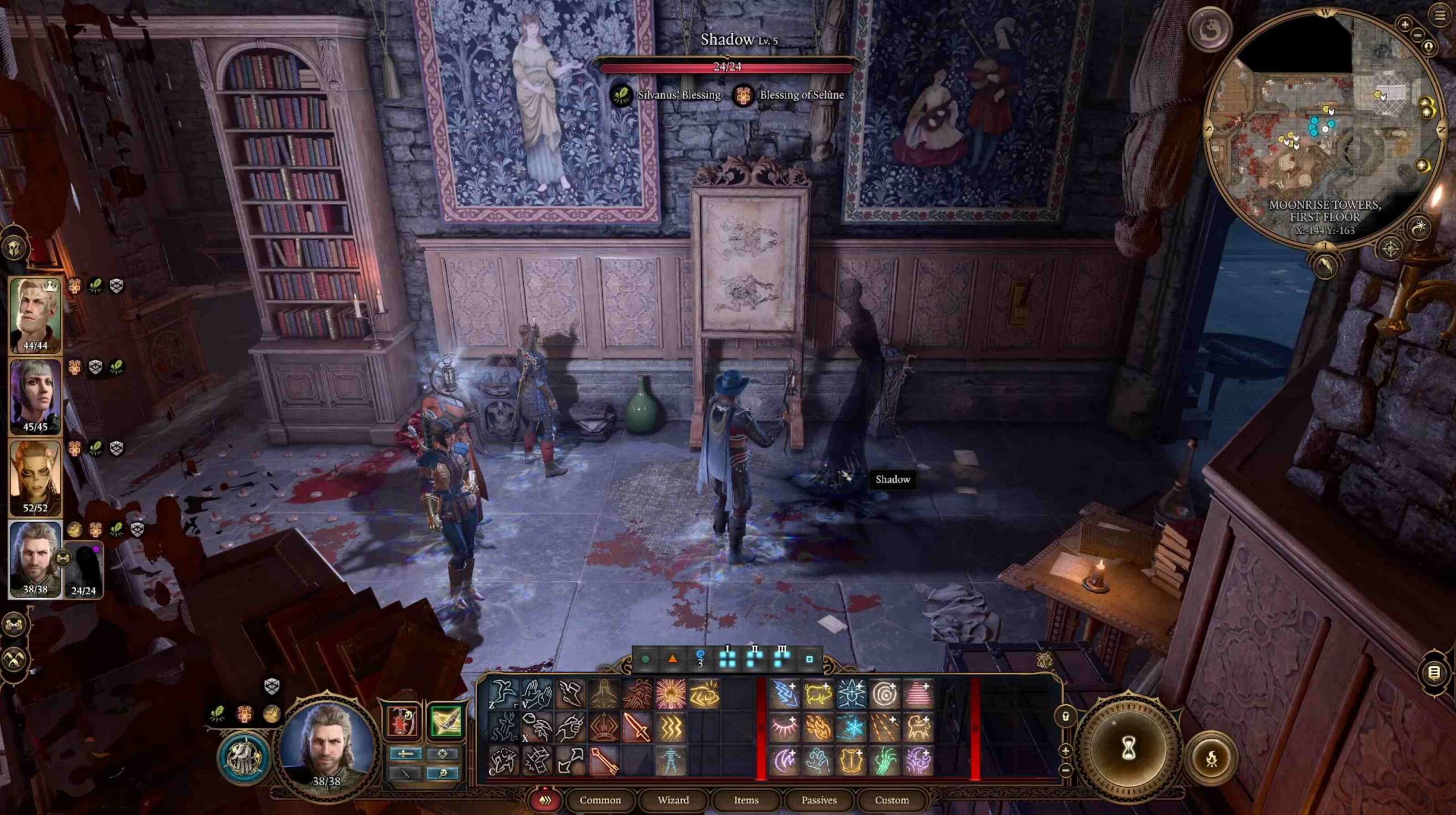
Clubs are Bludgeoning weapons fighters, clerics, paladins, and other melee combatants typically use. Due to its versatility, you can strategize with this weapon type and apply Disadvantages to enemies to achieve victories easily in combat. Moreover, you can equip a shield with a club which gives you a bit more AC.
They serve specific purposes and are used based on the situation and the player wielding it. You can use them for close-quarters battles, granting a perfect balance between damage output and reliability. Basic Clubs deal 1d4 piercing damage and high-level Clubs are found in treasure hoards or given as rewards for quests. It provides utility in combat, particularly for players focused on divine or supportive roles.
List of All Clubs in BG3
Here are all the Clubs in Baldur’s Gate 3, including their damage, damage type, and special.
| Weapon | Rarity | Damage | Damage Type | Special |
|---|---|---|---|---|
| Club | Common | 1d4 | Bludgeoning | – |
| Cemetery-Blue Torch | Common | 1d4 1d4 | Bludgeoning Fire | – |
| Cultist Brand | Common | 1d4 | Bludgeoning | – |
| Drunk-Purple Torch | Common | 1d4 1d4 | Bludgeoning Fire | – |
| Lantern | Common | 1d4 1d4 | Bludgeoning Fire | – |
| Plague-Green Torch | Common | 1d4 1d4 | Bludgeoning Fire | – |
| Torch | Common | 1d4 1d4 | Bludgeoning Fire | – |
| Twisting Branch | Common | 1d4 | Bludgeoning | – |
| Whipping Cane | Common | 1d4 | Bludgeoning | – |
| Broken Club | Common | 1d4 | Bludgeoning | – |
| Salami | Common | 1d4 | Bludgeoning | – |
| Club +1 | Uncommon | 1d4 +1 | Bludgeoning | – |
| Club of Hill Giant Strength | Uncommon | 1d4 | Bludgeoning | Splinters of a Giant’s Might (Passive): Increases Strength to 19. |
| Ironwood Club | Uncommon | 1d4 +1 | Bludgeoning | When Shillelagh (Cantrip) is cast on this weapon, it grants Ironwood Harmony (+1d4 Bludgeoning damage). |
| Shadow Lantern | Rare | 1d4 | Bludgeoning | Conjure Shadow Lantern Wraith (Spell): A level 6 spell that allows you to summon a shadow to fight by your side. |
| Moonlantern | Special Utility | 1d4 | Bludgeoning | |
| Torch of Revocation | Story-Rarity (Very Rare) | 1d4 +1 1d4 1d4 | Bludgeoning Necrotic Fire |
Tips and Tricks for Using Clubs in BG3
Here are the tips and tricks for using Clubs in Baldur’s Gate 3 to dominate enemies and bosses in combat.
- Keep Clubs in the inventory to switch depending on the situation if you find multiple Clubs with unique properties.
- Clubs are ideal against specific enemies as they deal bludgeoning damage, making it the best weapon against skeletons, zombies, and other undead.
- Wield it in the Main Hand or Off-Hand if the Club offers a bonus in the corresponding hand.
- Use the Club to stay true to the archetype of your character, especially for roleplaying.
- If you’re a tank or frontline character like clerics and paladins, then it is your go-to weapon.
- Equip enchanted Clubs or those with unique properties like Shadow Lantern, Ironwood Club,etc.
- Use Clubs with spells like Spirit Guardians for excellent crowd control.
- You can also combine Clubs with Smite abilities for devastating bursts of damage in combat.
- Cast Guiding Bolt or Faerie Fire before using Club in battle to make it easier to hit enemies with high AC.
Best Clubs in Baldur’s Gate 3
Here are the best Clubs to use in Baldur’s Gate 3.
- Torch of Revocation: A very rare and story-rarity item/weapon with +1 Enchantment that allows you to deal 1d4 +1 damage as a default. Despite it does not have any additional passive or actions, it offers additional damage. While using this weapon, you will deal 1d4 Necrotic and 1d4 Fire as an additional damage.
- Shadow Lantern: A rare Club that deals the base damage as other club weapons. It comes with a spell that allows you to summon a shadow that fights alongside you.
- Moonlantern: A rare and special utility item/weapon that allows you to deal base 1d4 damage. It is a special edition of Shadow Lantern and comes with a unique trait that protects you from the shadows.
- Club of Hill Giant Strength: Club of Hill Giant Strength is an Uncommon Club weapon. It comes with a Splinters of a Giant’s Might that increases the wielder’s strength to 19. As Club is a Strength based weapon, it will help you deal more damage with attacks.
1. Torch of Revocation

| Damage | Enchantment | Weapon Skills | Location |
|---|---|---|---|
| 1d4 +1 Bludgeoning 1d4 Necrotic 1d4 Fire | +1 | – | Complete the Find Mystic Carrion’s Servant quest, Act 3. |
Torch of Revocation is a story item and a Very Rare weapon that you will get in Act 3. You will require it to complete the Free the Artist quest with Oskar. In addition to its use for the story, it is the best Club weapon that lets you deal high damage with additional elemental damages. The base damage of Torch of Revocation is 1d4 +1, but it also deals and Necrotic and Fire damage (1d4) simultaneously.
2. Shadow Lantern
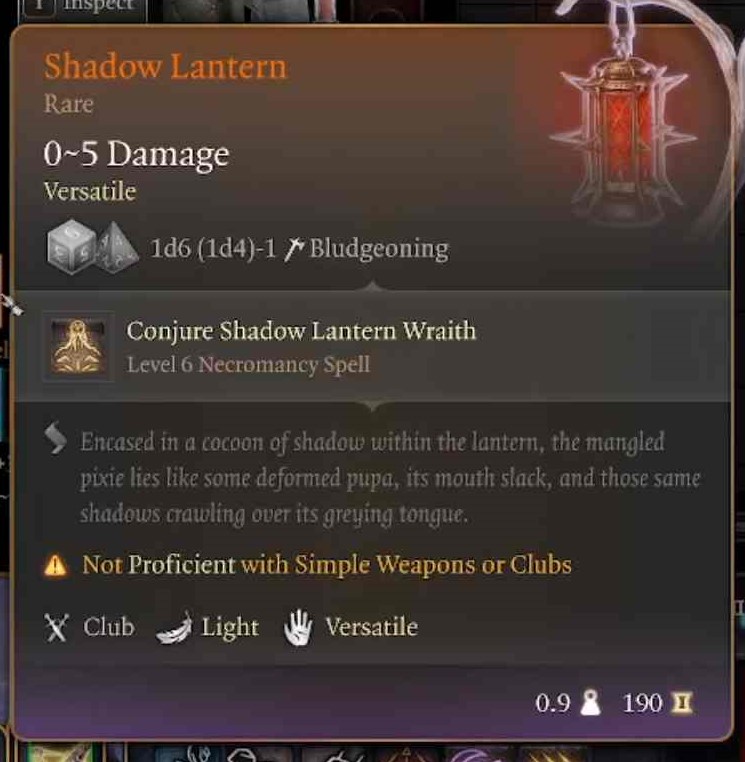
| Damage | Enchantment | Weapon Skills | Location |
|---|---|---|---|
| 1d4 Bludgeoning | – | Conjure Shadow Lantern Wraith (Spell) | You can obtain it from Balthazar’s hidden room in Moonrise Towers at X: -150 Y: -165, Act 2. |
Shadow Lantern is a type of Moonlantern but doesn’t provide protection against the Shadow Curse. Instead, it allows you to summon a level 6 necromancy spell called Conjure Shadow Lantern Wraith once per long rest. Also, unlike the regular Moonlantern, the Shadow Lantern should be equipped in the weapon slot instead of the torch slot. As a result, it has a 1d4 + Strength modifier and deals the Bludgeoning damage.
3. Moonlantern
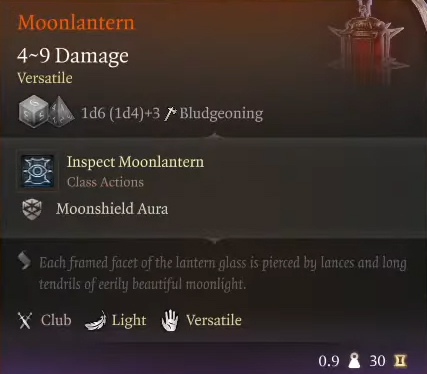
| Damage | Enchantment | Weapon Skill | Location |
|---|---|---|---|
| 1d4 Bludgeoning | – | Moonshield Aura (Trait) | Taken from Kar’niss, given by Isobel. OR You can find it in Moonrise Towers, Act 2. |
The Moonlantern is a utility and story item in Baldur’s Gate 3 which you will need to find and use during your journey through the Shadow-Cursed Lands in Act 2. The Moonlantern has a Moonshield Aura trait that gives off a magical light that will protect you and anyone within a 13m/43ft radius from the shadows. It will be absolutely necessary for you to have this item equipped to a party member before you venture deep into the Shadow-Cursed Lands. The light from a basic torch will keep you safe at the outer edges, but farther in you will need something more powerful.
Additionally, the Moonlantern also has a unique class action called Inspect Moonlantern. Under certain circumstances, this can be used to free the living pixie inside. If you choose to do so, you will be granted the Pixie Blessing, which gives you the same protective benefits of the Moonshield Aura.
4. Club of Hill Giant Strength
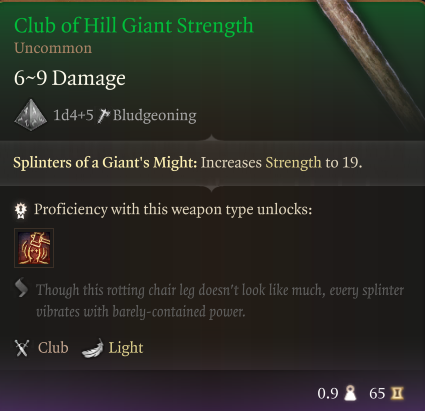
| Damage | Enchantment | Weapon Skill | Location |
|---|---|---|---|
| 1d4 Bludgeoning | – | Splinters of a Giant’s Might (Passive) | Top of Arcane Tower, throw and break the stool located at coordinates X:-30, Y: -272, Act 1. |
Club of Hill Giant Strength is an uncommon Club obtainable at the top of Arcane Tower, in the Underdark. This weapon has the unique Splinters of a Giant’s Might, increasing the wielder’s strength to 19. This club is a simple, one-handed light weapon that can be used in conjunction with a shield. Since the Club of Hill Giant Strength is a simple weapon, it’s accessible by many classes, subclasses, and races in Baldur’s Gate 3.
FAQs about All Clubs in BG3
Are there Clubs in Baldur’s Gate 3?
Yes, Clubs are available as a weapon type in Baldur’s Gate 3. These are one-handed simple melee weapons that most of the classes can use.
How many Clubs are there in bg3?
There are 17 Clubs in Baldur’s Gate 3 ranging from the nonmagical type to special/magical type variants.
Looking For More About Baldur’s Gate 3?
Thank you for reading All Clubs in Baldur’s Gate 3 Guide. We provide the latest news and create guides for Baldur’s Gate 3. Also, watch me play games on Twitch or visit my YouTube channel!
 Reddit
Reddit
 Email
Email
